You’ve just received your package of bees in the mail and have no idea what you`ve just gotten yourself into. How are you supposed to know what to do? Most first-time beekeepers, like myself, experience panic when receiving that first package. So how do you know what to do? Before even receiving your bees you must learn about the process of becoming a beekeeper!
I got started into beekeeping when I was looking for a unique project for my FFA class in high school. When I heard about beekeeping, it caught my interest and I wanted to learn more. Before I started investing in any equipment, I talked to a few different beekeepers and took a beginning beekeeping course. After I became so involved in it, I couldn’t stop! I purchased all the basic equipment and got my first box of bees! I was so excited to get started and haven’t stopped since!
Most people don’t even know what beekeeping is, let alone how to become a beekeeper. Honey Bee Centre website, said, “Beekeeping (apiculture) is the practice of managing honeybee colonies to attain desired objectives. The most common primary objectives for managing colonies are to: Ensure large, healthy adult honeybee populations to coincide with major nectar flows.”
Beekeeping is important because honey bees are currently on the endangered list. By becoming a beekeeper, you are helping to grow the bee population and improve pollination. Britany Mattern, a beginner beekeeper, said, “Bees help to pollinate the plants, and the loss of bees would mean the collapse of the natural ecosystem.” Adele Mason, an experienced beekeeper, said, “When individuals foster bees on their property they are actively contributing to the support of pollinators.”
Time and money are important factors to consider before becoming a beekeeper. Apiculture is a very time-consuming and expensive hobby. An average cost of a Nuc, which is a box of bees, can range anywhere from $140-$175.
So what are the steps to becoming a beekeeper? The first step is to enroll in a beginning beekeeping course. This step is not required but very beneficial. Most counties have a local beekeeping club for example Harrison County has the Harrison County Beekeepers Association or HCBA. Each year the HCBA puts on a class that you can take to learn the basics of apiculture. This class can better help you understand what all is involved in becoming a beekeeper. Mason said, “One benefits from the opportunity to hear the experiences of seasoned beekeepers. This sharing of information helps the novice avoid common mishaps.”
The second step is buying your equipment. There are several items you will need to get in order to maintain your hive. These items include a hive box which includes a deep box, frames, queen excluder, inner cover, outer cover, and a screened bottom board. For tools and protection, you will need a hive tool, stainless steel smoker, bee brush, leather gloves, helmet and veil or beekeeping jacket. So how and where do you buy all these necessary items? Most beekeepers will purchase a basic beekeeping starter kit which provides all these items at a reasonable price. The average cost of a starter kit ranges anywhere from $140 to $200.
The third step is purchasing your bees. You have two options when purchasing bees you can either get a package or a nuc. A package is a screened box full of worker bees and one queen bee and sugar syrup to keep the bees alive until they arrive. A nuc, as I touched on earlier, is a box of bees which consists of five frames with brood (which is the eggs, larvae, and pupae of honeybees), honey and pollen. The box is also filled with worker bees, and the queen is kept separate from the worker bees in a tiny box on the top of the box. As a beginning beekeeper it is recommended that you purchase a package so that way the queen is already established with the hive.
The fourth step is to install your bees into the hive. This can be done a number of different ways depending on which set up of bees you have purchased. If you purchased a package you will simply dump the box into the hive. I know that might sound strange, but that is what you do. If you purchased a nuc, then you will put those frames into the new hive and leave the queen in her box. At the end of the queen’s little box there is a cork, and in order to slowly introduce the queen into the hive you replace the cork with a mini marshmallow. The worker bees will slowly start to eat through the marshmallow, and by the time they reach the queen, she will be ‘established’ into the hive. Established means she will be accepted by the worker bees as the queen of that hive.
The final is step is maintaining and deciding what you want to get from apiculture.
Whether your selling honey, making lip balms, or renting your bees to farmers for pollination the possibilities are endless when it comes to beekeeping. Mason said, “The one piece of advice I would give a novice beekeeper is enjoy the process! It is fascinating, nature at its most sophisticated.”
Photo Credit: Lindsay Dowdle


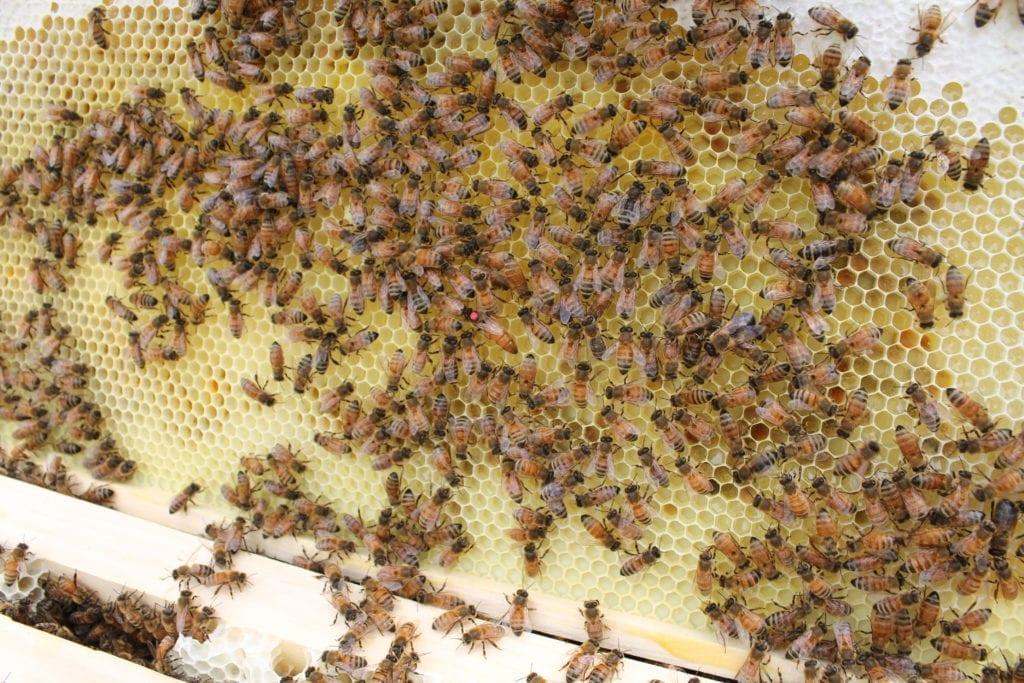
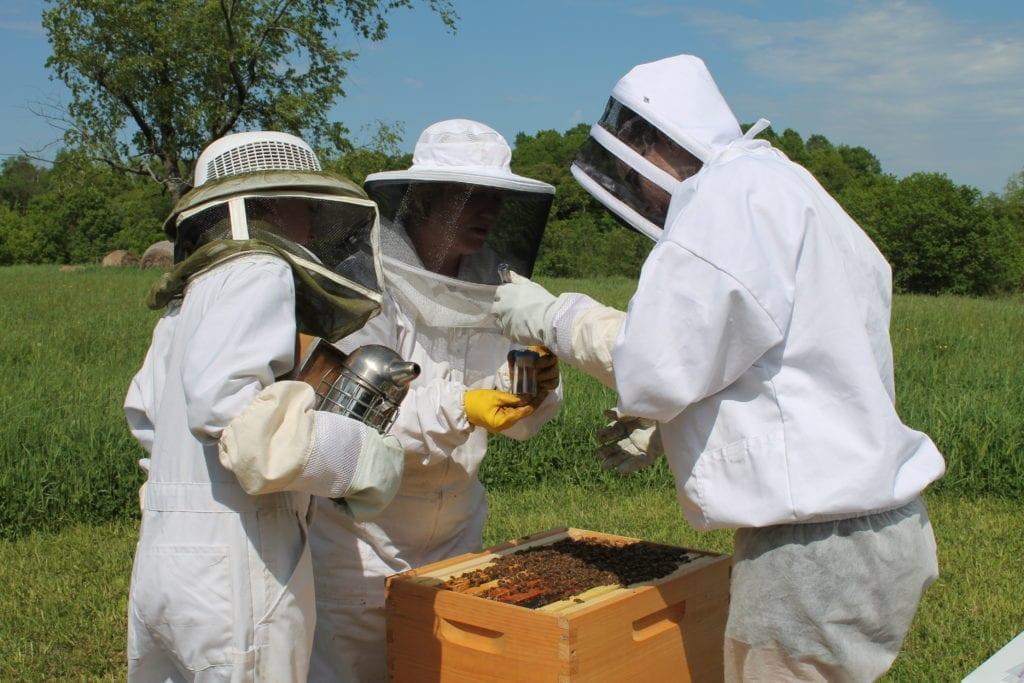
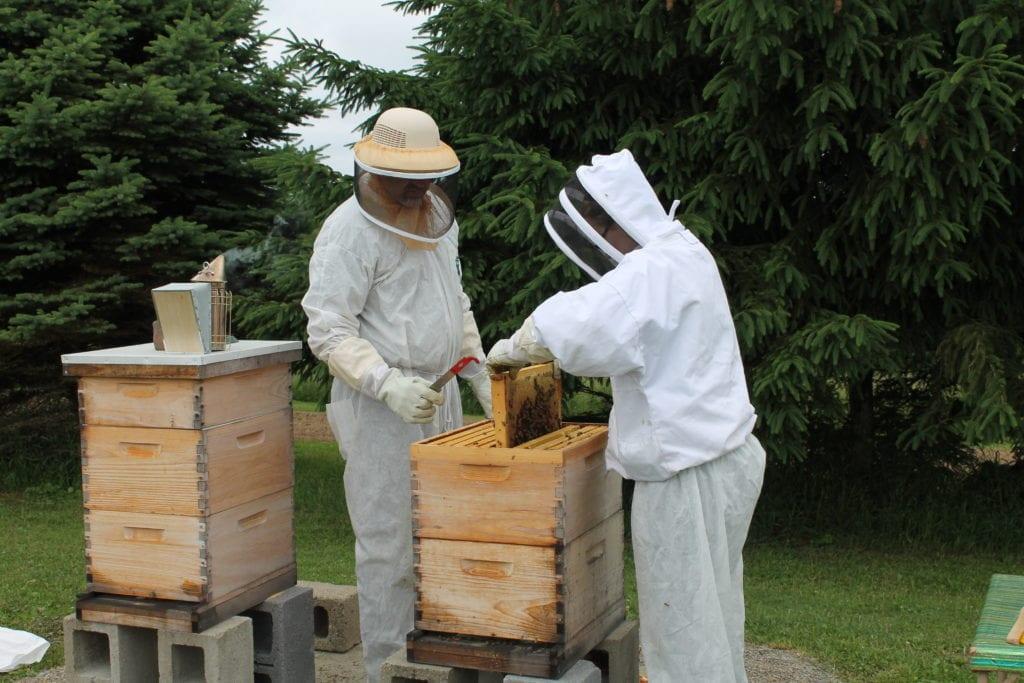



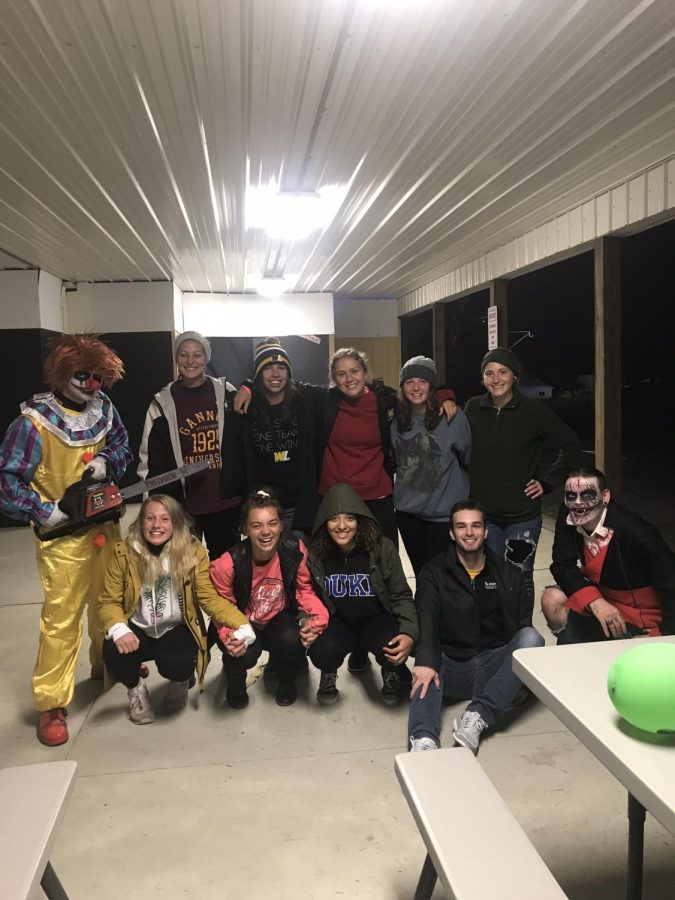
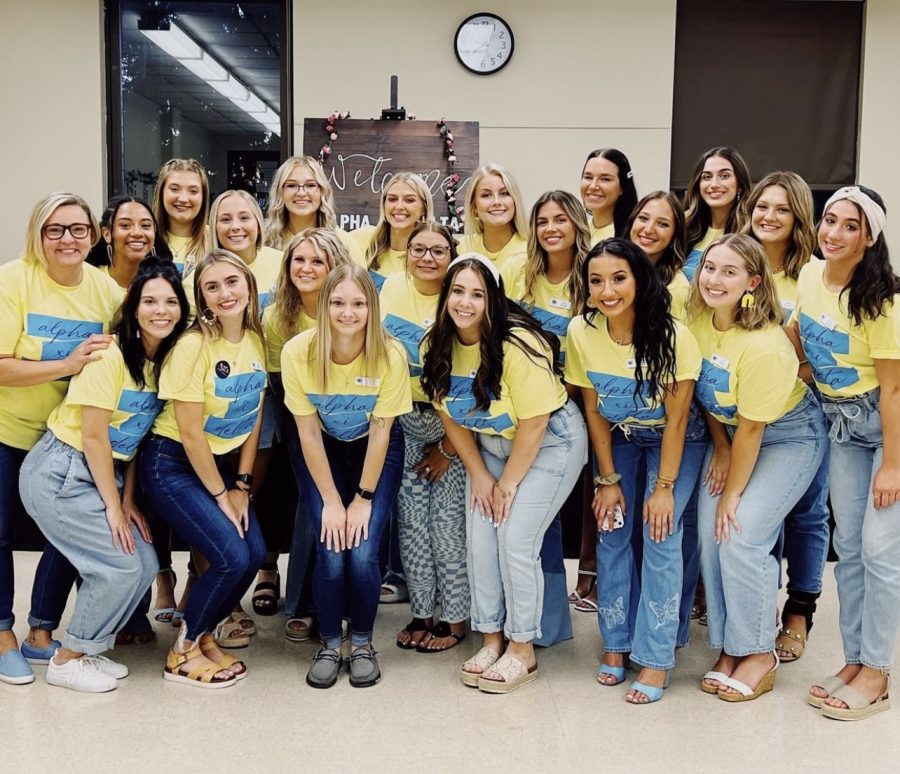
brahim d staps • Mar 8, 2021 at 3:34 am
thank you very much for your generosity in sharing.
Sandi • Sep 2, 2019 at 11:59 am
Great article! Very relevant for the new beekeepers.
isaac_Techno • Sep 1, 2019 at 6:58 pm
Greetings! Very useful advice within this article! It’s the little changes that produce the largest changes.
Many thanks for sharing!